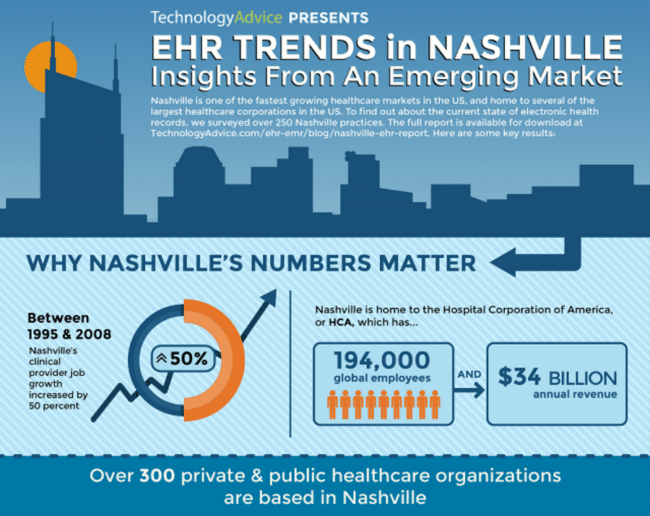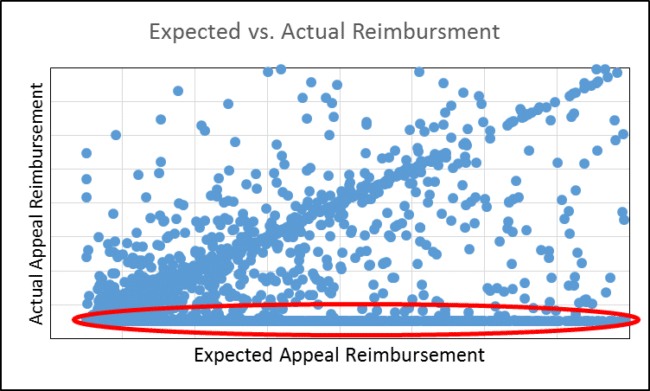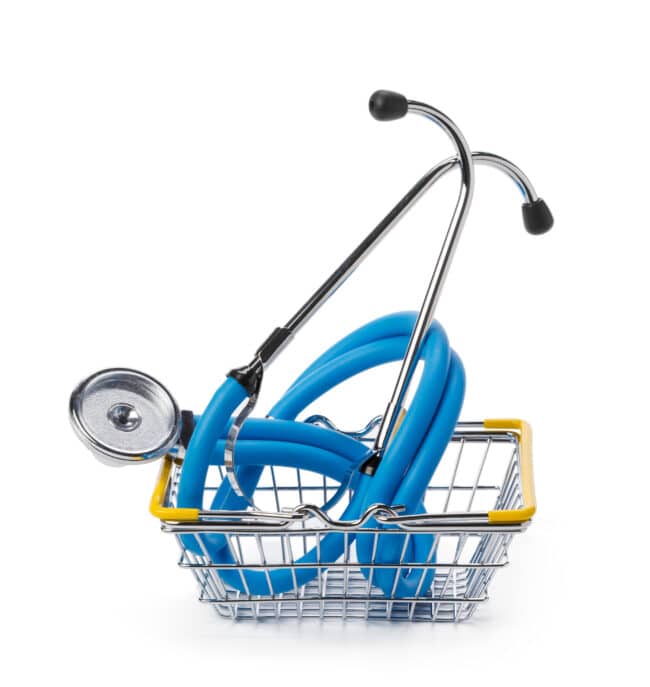Five years ago, the patient experience was colored by long wait times, copious paperwork, inconsistent treatment, and extravagant bills. Though the steps are small, we are seeing changes today that place the patient in the driver’s seat with greater control in their healthcare experience, and increasingly being referred to as consumers. What is driving this change?
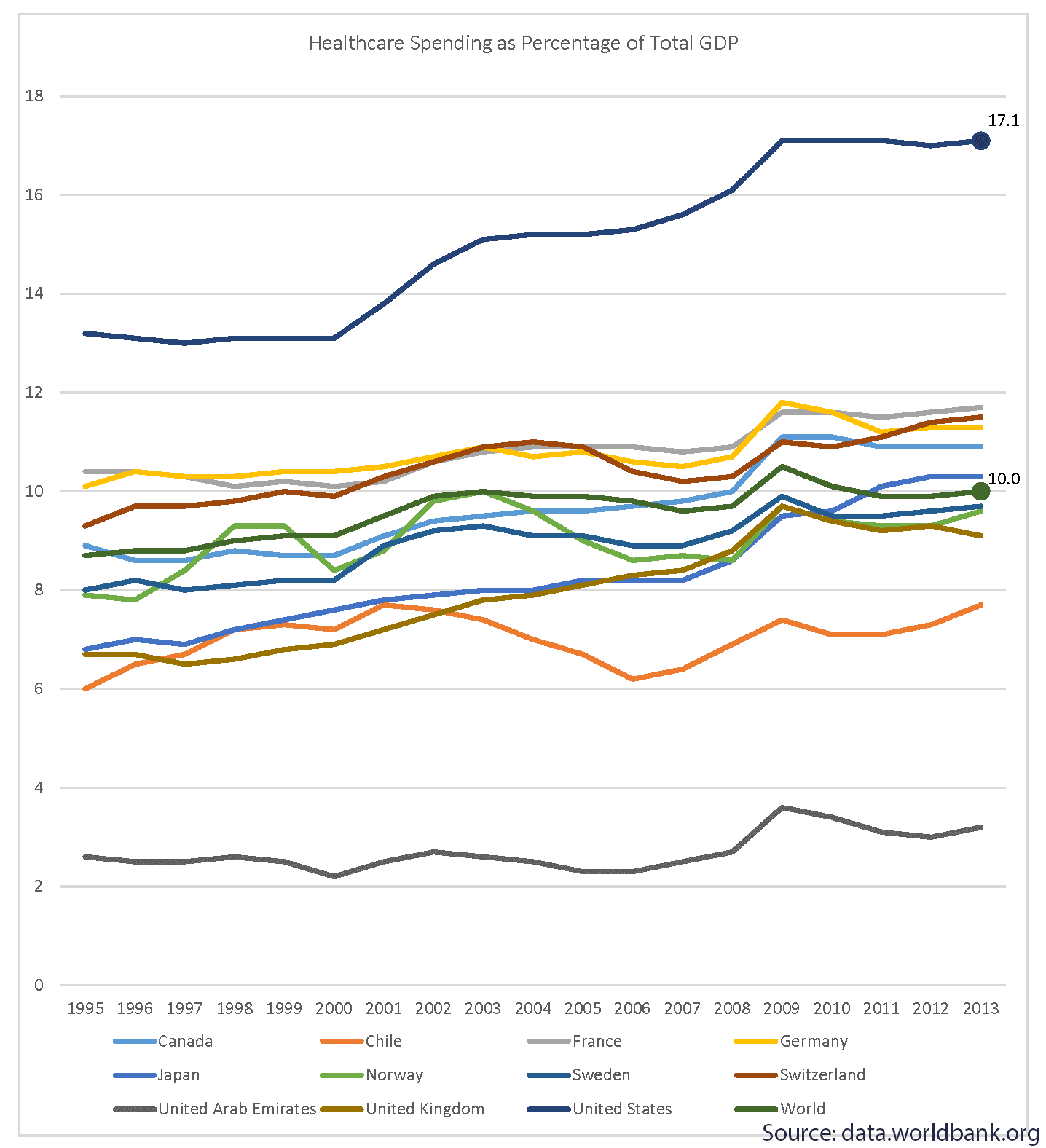 Trends in the healthcare industry have served as a catalyst of the evolution of the patient as a consumer. The United States spends nearly twice the global average on healthcare. With the U.S. expected to spend almost $4.8 trillion on healthcare in 2021, nearly 20% of our national GDP, change was imperative for sustainability of the US healthcare system1.
Trends in the healthcare industry have served as a catalyst of the evolution of the patient as a consumer. The United States spends nearly twice the global average on healthcare. With the U.S. expected to spend almost $4.8 trillion on healthcare in 2021, nearly 20% of our national GDP, change was imperative for sustainability of the US healthcare system1.
As government intervention continues to shape the way organizations are getting paid, such as measuring patient satisfaction as part of the reimbursement structure, we’re beginning to see a more reciprocal relationship between the patient and provider that allows for greater patient autonomy. With co-pays, deductibles, and overall costs on the rise, patients are becoming more selective when it comes to healthcare. In the Beryl Institute’s 2015 Benchmarking Report on the Global State of Patient Experience, 95% of respondents say experience matters in the moment as well as in making healthcare decisions and choosing healthcare providers. The ability to select a healthcare provider places power in the hands of the consumer, therefore incentivizing organizations such as hospitals, insurance providers, and clinics, to place greater emphasis on a streamlined patient experience.
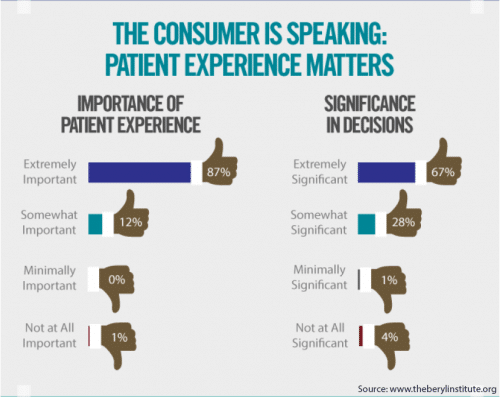 All things considered, we are seeing the patient’s role evolve into a participant in the care continuum as providers transition into more of a consulting role. With modern innovations digitizing the experience, patients are able to streamline interaction and visit time with electronic check-ins, health record access and results, and prescription refill requests. As players in the healthcare industry begin to place higher value on the end-to-end patient experience, hospitals and providers must work with the patient to administer care, actively moving away from a directive type of approach.
All things considered, we are seeing the patient’s role evolve into a participant in the care continuum as providers transition into more of a consulting role. With modern innovations digitizing the experience, patients are able to streamline interaction and visit time with electronic check-ins, health record access and results, and prescription refill requests. As players in the healthcare industry begin to place higher value on the end-to-end patient experience, hospitals and providers must work with the patient to administer care, actively moving away from a directive type of approach.
In closing, one question I continue to ask physicians is about process related to a regular annual exam with an existing provider. As a consumer wanting to take control of my healthcare, I am the annoying consumer who asks lots of questions of providers, including why is a process carried out a certain way. My most burning question is why lab work or any kind of scan is not ordered weeks before a scheduled regular exam when it is a normal course of the exam? I challenged my daughter’s physician recently. He was requiring a 15 year old to fast all day for a 3 pm appointment so he could get lab results and see her, then mail the results three weeks later. I decided after two times of this ineffective approach that the process could be more consumer-friendly. I called the nurse and requested the lab order so I could take my daughter on the way to school. I scheduled the appointment for two weeks later when the results would be ready. When we went for her appointment, we had a meaningful discussion about her current results compared to previous times and what we needed to focus on next. I have decided to make this my normal course of any appointments requiring lab work. What is your burning question of process that you wish was different that would make much more sense in your experience?


